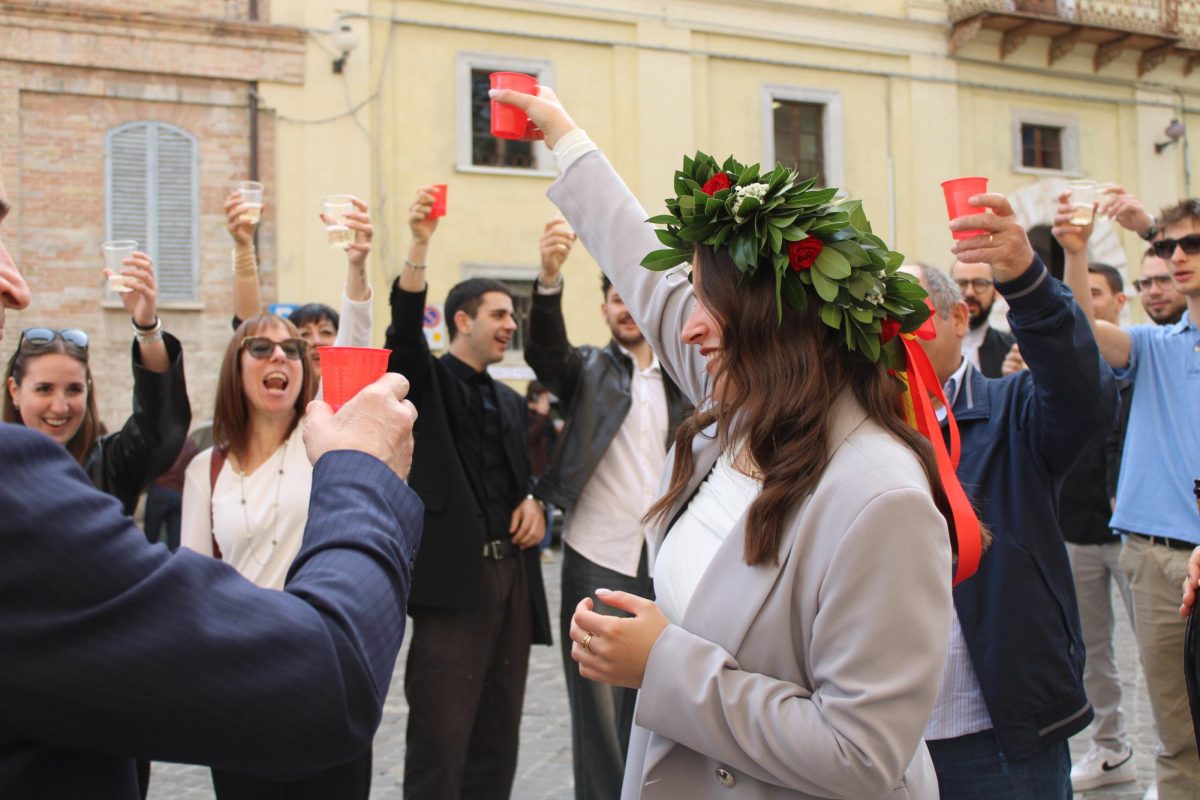ISU museums offer art, look into university history
June 12, 2007
Iowa State is known for science and technology, but the university’s three museums offer attractions for students desiring to escape the buzz of computers.
Three permanent museums are located on the ISU campus, and each is home to a collection of unique pieces of ISU art, history or both.
Brunnier Art Museum
Located on the second floor of Iowa State Center’s Scheman Building, the Brunnier Art Museum, founded in 1975, is perhaps the most formal of the museums and houses the largest collection.
The museum is named after alumnus Henry J. Brunnier and his wife Ann, who donated a diverse collection of decorative art, including metals, dolls, glass, jade and much more.
It has since grown into multiple exhibits – both permanent and temporary – crossing the boundaries of media, region and time.
Amanda Hall, program assistant for University Museums, said Brunnier is a valuable asset to the ISU community.
“I don’t think people realize what a resource we are,” she said.
“I’ve never had anybody come and not enjoy themselves.”
Currently in the museum’s main gallery are portraits of influential ISU faculty done in paint and charcoal, along with a few photographs.
A few rooms farther down is the Contemporary Studio Sculpture, where dozens of colorful in-the-round sculptures lie still behind glass cases. All sizes and ideas are represented, from a delicate suspended globe to a lifelike pear standing 3 feet tall.
Farther still, a 12-piece series by N.C. Wyeth, titled “America in the Making,” portrays crucial moments in American history, each set in its respective month. Wyeth’s realistic style produces solemn faces in his characters.
Hall said the exhibits change periodically, so it’s important for students and faculty to keep visiting.
Farm House Museum
Iowa State’s Farm House Museum invites visitors to step back in time.
As the first building on campus, this three-story house served as a home to college faculty from 1860 to 1970.
Today, the Farm House is redecorated as it was in its prime during the 19th and early 20th centuries.
Cherry-wood furniture is upholstered in red and green velvet, and ornate rugs cover the floor. Papers are spread out on the desk and a quilt has been tossed on the couch, as if they are still being used.
Even pianos and fireplaces, tea sets and china sit quietly.
The kitchen is the one major exception to the Farm House’s theme. It was fully remodeled in 1948 to accommodate home economics students who lived in the house.
The second story’s window shades are also a modern addition. The translucent pull-down screens are visual learning aides, showing what the view would have been like in 1860.
Eleanor Ostendorf, program assistant for University Museums and curator of the Farm House Museum, said the museum is great for today’s visual learner.
“It’s like stepping back,” she said.
“You can learn so much by just coming and looking. You can know people lived differently.”
Christian Petersen Art Museum
Iowa State’s third museum is housed in the newly remodeled Morrill Hall, and is dedicated to Iowa State’s famed artist-in-residence Christian Petersen, who served from 1937 to 1955.
A straightforward realist, Petersen’s works are often inspired by the Midwestern way of life. Agriculture, war and religion are common subjects.
Hundreds of Petersen’s works are displayed alongside a diverse collection of pieces from the Art on Campus Collection. There is a total of more than 3,000 works throughout the university.
Iowa State’s Art on Campus Collection is the largest public art collection at any college or university in the nation.
Temporary exhibits specific to portions of Petersen’s life are on display in Morrill Hall through Aug. 3.
















